- Home
- Publications
- Journal of Photovoltaics
- Editor-in-Chief and Editors
Editor-in-Chief and Editors
J-PV Editors
Elisa Antolin - Fundamentals and New Concepts

Spain
Shubhra Bansal - Fundamentals and New Concepts

Jonathan Govaerts - Crystalline Silicon, Characterization Modules & Systems
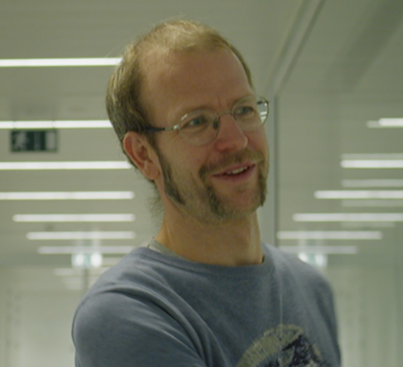
Xiaohong Gu
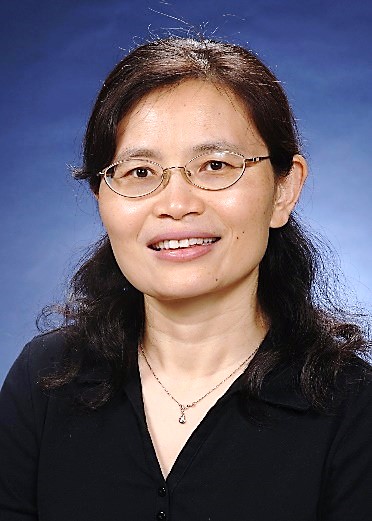
Gaithersburg, MD, USA
Dr. Xiaohong Gu received her Ph. D. from Department of Polymer Science and Engineering at Nanjing University, China. She joined Polymeric Materials Group at Engineering Laboratory, National Institute of Standard and Technology (NIST) in 1998. She is currently the leader of NIST project on “Measurement Science for Service Life Prediction of Polymers used in Photovoltaic Systems” and the director of NIST-industry Consortium on “Characterization and Modeling of Polymers for PV systems”. She is the chair of ASTM Committee E44. Her field of interests includes photovoltaic module reliability, accelerated laboratory weathering, characterization of degradation mechanisms, and prediction of long-term performance and service lives of polymeric materials for PV applications. She has published over 80 technical papers and is a recipient of Department of Commerce Bronze Medal, NIST George A. Uriano Award, Roon Foundation Award from American Coating Association, and John Gordon Best Paper Award from Federal Society of Coating Technology.
Yi Hou - Crystalline Silicon
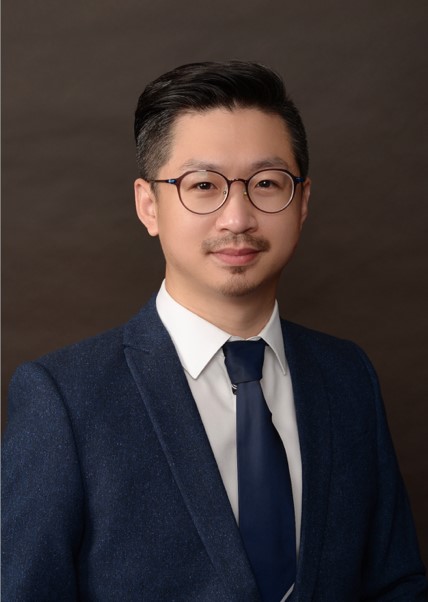
Hou is a Presidential Young Professor in the Department of Chemical and Biomolecular Engineering at the National University of Singapore (NUS). He was appointed the Head of the Perovskite-based Multijunction Solar Cell Group at the Solar Energy Research Institute of Singapore (SERIS) in September 2020. His research interests cover the photophysical properties of wide-bandgap perovskites and their solar cell devices to advance sustainable energy. His group's recent efforts focus on developing and investigating ultra-efficient solar energy conversion using perovskite-based tandem solar cells. In 2022, Yi Hou was named one of the Innovators Under 35 (Asia Pacific) by MIT Tech Review for his work in developing record-efficient perovskite-based tandem solar cells. He has authored and co-authored more than 80 refereed journal papers. He is the organizer for several international conferences and workshops in the field of photovoltaics. Clarivate Analytics included Yi Hou in the list of Highly Cited Researchers in the field of Cross-Field (2022).
Jessica Yajie Jiang - III-Vs, Concentrators & Space Applications, Module Design
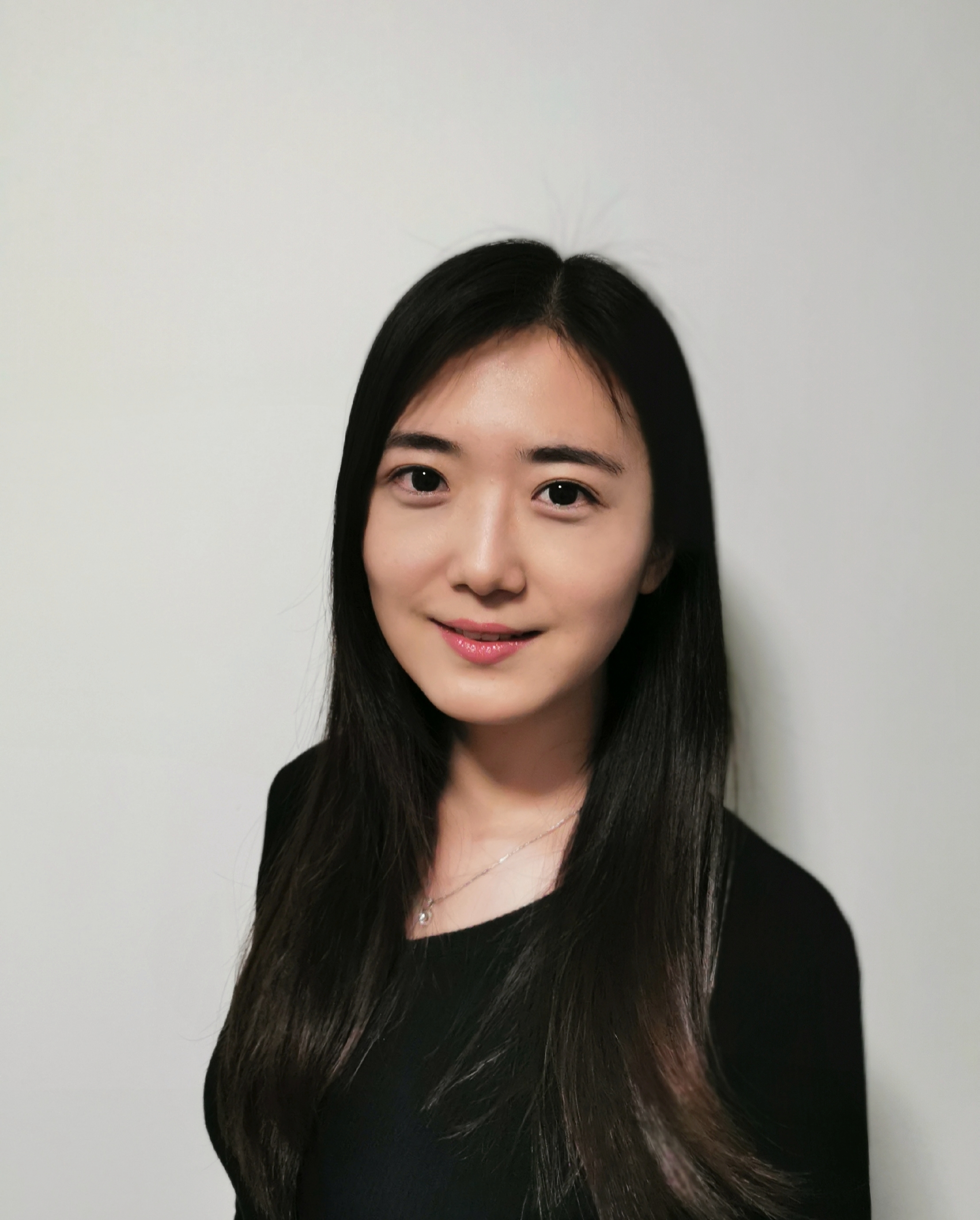
Australian Centre for Advanced Photovoltaics, Sydney
Dr Jiang is a senior lecturer in School of Photovoltaic and Renewable Energy Engineering (SPREE), UNSW Sydney. She has consistently innovated in her research to enhance the performance of solar cells and modules through a rigorous understanding of their optical, electrical and thermal properties. Her research addresses both material synthesis, cell and module fabrication, characterisation and testing all of which is supported by advanced computer simulation. To date, she has won >13million project funds for research and development. She is also a co-founder and Chief Operating Officer of a UNSW spin-out company EnerJIN to manufacture an autonomous multifunction sensor for photovoltaics application.
Jonathan Leloux - PHOTOVOLTAIC SYSTEMS
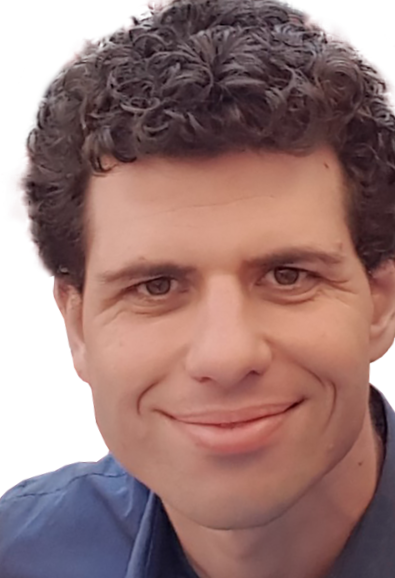
Jonathan Leloux possesses a Degree in Mining and Geology Engineering from Faculté Polytechnique de Mons - Université de Mons (FPMs-UMons), Belgium, a Master of Research in Solar Concentrating Photovoltaics from Instituto de Energía Solar - Universidad Politécnica de Madrid (IES-UPM), Spain, and a Ph.D. in Solar Photovoltaic Energy Systems from IES-UPM.
He is a Scientific Collaborator at Ecole Polytechnique Bruxelles - Université Libre de Bruxelles (ULB). He is the author of several dozens of scientific publications, communications, and patents on solar energy, including PV systems monitoring, performance and fault detection, concentrating photovoltaics (CPV), solar resource assessment (GHI, GTI, DNI, spectral), and grid integration.
He has been working in the field of solar photovoltaic (PV) energy since 2005, working as an engineer, researcher, consultant, and entrepreneur. His expertise includes photovoltaic (PV) systems, distributed PV and PV plants, bifacial PV, agrivoltaics, BIPV, floating PV, CPV, and solar resource assessment.
He has participated in several research projects at the national and European levels. He is currently participating in the H2020 project SERENDI-PV as the leader of Work Package 7: Collaborative modelling & monitoring platform. He is involved in the EU COST project Pearl PV as the Group Leader of the Work Group 5: PV in grids. He is a participant in the IEA PVPS Programme Task 15: BIPV. He is a member of the Administration Board of BDPV.
He has been working for several years as an expert evaluator and rapporteur for the European Commission.
His past experience includes Researcher at IES-UPM, Technology and Engineering Manager at Fotosolar - EDF Energies Nouvelles, Founding Partner and CEO at WebPV, and Freelance Consultant.
He is a co-founder and the Managing Director of LuciSun. The company is based in Belgium and offers specialized services and software tools to solar energy plant managers, consulting companies, investment entities, and public bodies. These services include energy yield simulation, performance assessment, due diligence, monitoring, reporting, and fault detection and diagnosis.
Zhe Liu - Fundamentals and New Concepts
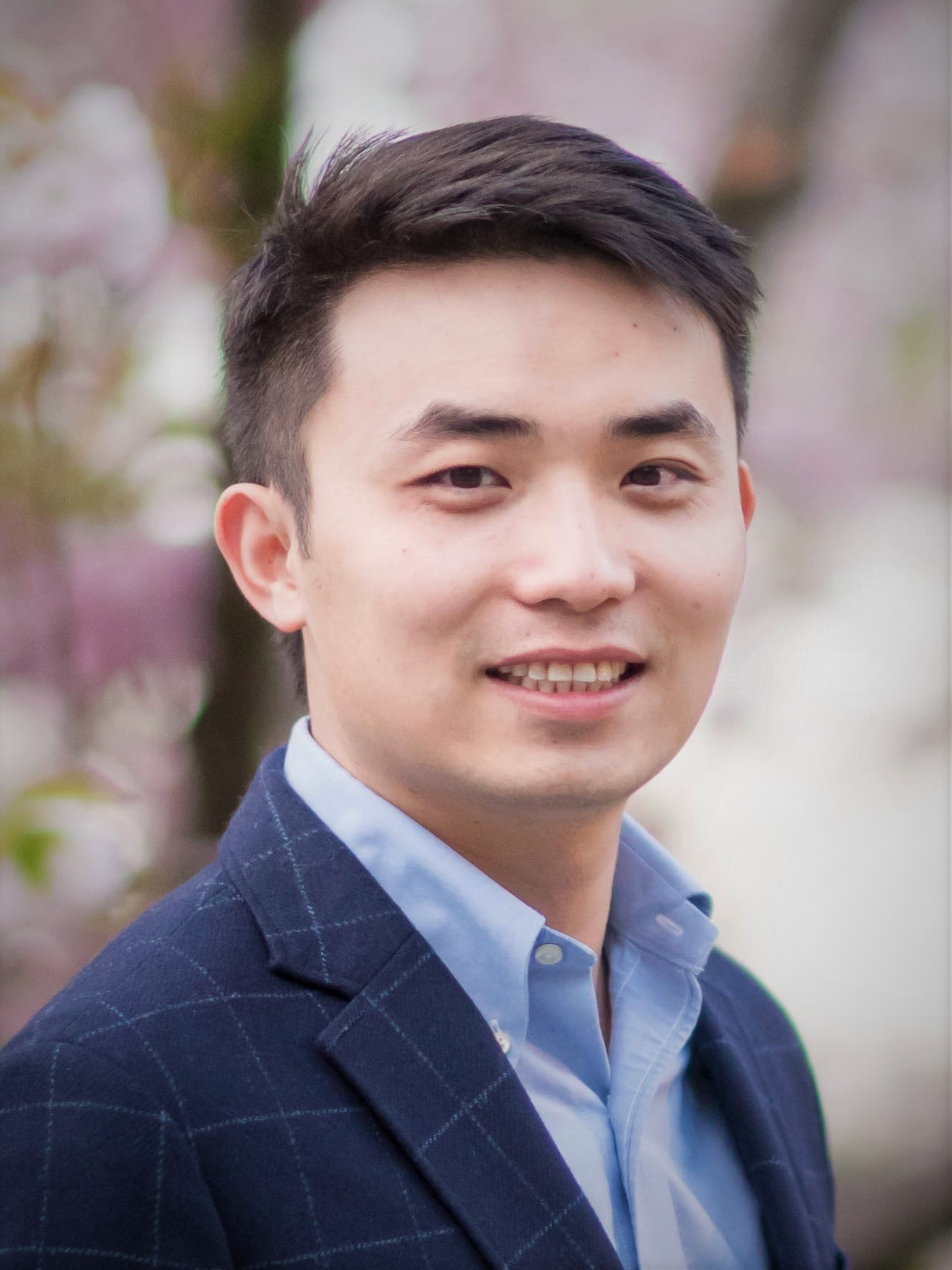
Patrizio Manganiello - Assistant Professor - Photovoltatronics
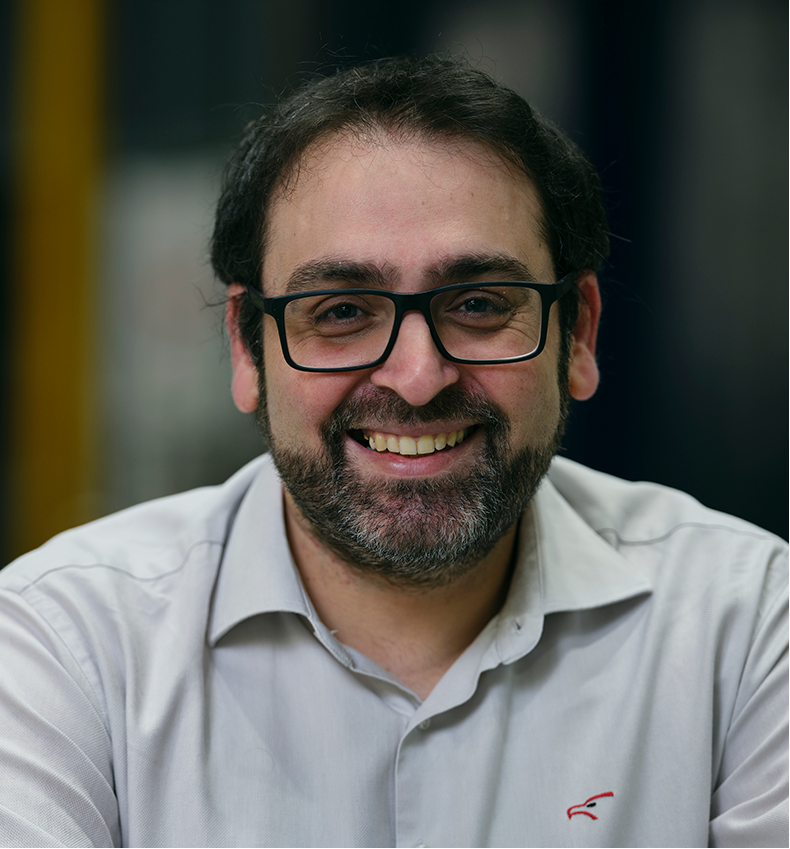
Patrizio Manganiello received the Master Degree, cum laude, in Electronic Engineering from the University of Salerno, Italy, in 2011 and the Ph.D. in Energy Conversion from the the University of Campania “Luigi Vanvitelli”, Italy, in 2014. During his PhD, he carried out his research activities at the University of Cergy-Pontoise (France), from February 2013 till May 2014, and at the National University of Colombia in Medellin (Colombia), in June 2014. From October 2013 till June 2014 he was Adjunct Professor at the University of Cergy-Pontoise, teaching Computer Systems for Smart Buildings. In 2015, he collaborated with the Department of Electronic Engineering and Computer Science of the University of Salerno. From February 2016 till January 2018, he was working with KU Leuven (Belgium) as Postdoctoral Researcher in Modeling and Demonstration of Smart Photovoltaic Modules, in collaboration with IMEC (Belgium). Since March 2018 until December 2019, he was a Marie Skłodowska-Curie Research Fellow working at IMEC on the project "Smart Reconfigurable photovoltaic modules for Building Integrated PhotoVoltaic applications". Since January 2020, he is Assistant Professor of Photovoltatronics at Delft University of Technology (The Netherlands). He is member of the IEEE and member of the International Committee of the ELECTRIMACS conference. From March 2018 until December 2021, he served as an Associate Editor of IEEE Journal of Photovoltaics. He is co-inventor of 4 international patents on simulation and control of photovoltaic systems and energy management. He is also co-inventor and owner of an Italian patent on automatic detection of lighting points. He is reviewer, within his area of expertise, for several international scientific journals and conferences. His main research interests are in the development of innovative PV-based intelligent energy agents, the analysis, design and control of switching converters for renewable energy source and the on-line diagnostics of the whole energy conversion system by means of linear and non-linear identification techniques.
Adel Mellit - PV Systems & Control
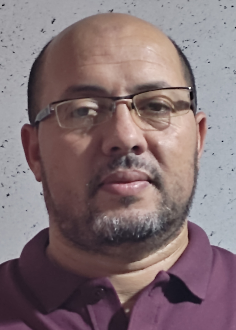
Renewable Energy Laboratory, Algeria
Adel Mellit is Professor of Electronics at the Faculty of Sciences and Technology, Jijel University, Algeria. He received his M.S. Degree and PhD in Electronics from the University of Sciences Technologies (USTHB) Algiers in 2002 and 2006 respectively. Research interests of Dr. Adel Mellit focus on the application of the artificial intelligence techniques, including machine learning and deep learning in photovoltaic systems and micro-grids. He has authored and co-authored more than 160 papers in international peer reviewed journals, and papers in conference proceedings, mainly on photovoltaic systems, six book chapters, two proceedings book and one book in Springer. He is the Director of the Renewable Energy Laboratory at Jijel University (Algeria) and is an Associate Member at the ICTP Trieste (Italy). Subject editor of Energy journal (Elsevier Ltd) and editorial board member of the Renewable Energy journal (Elsevier Ltd).
Michael Owen-Bellini - Thin Films, Perovskites, Chalcogenides, Organics, and Amorphous Silicon

Alessandro Massi Pavan - PV Systems & Control
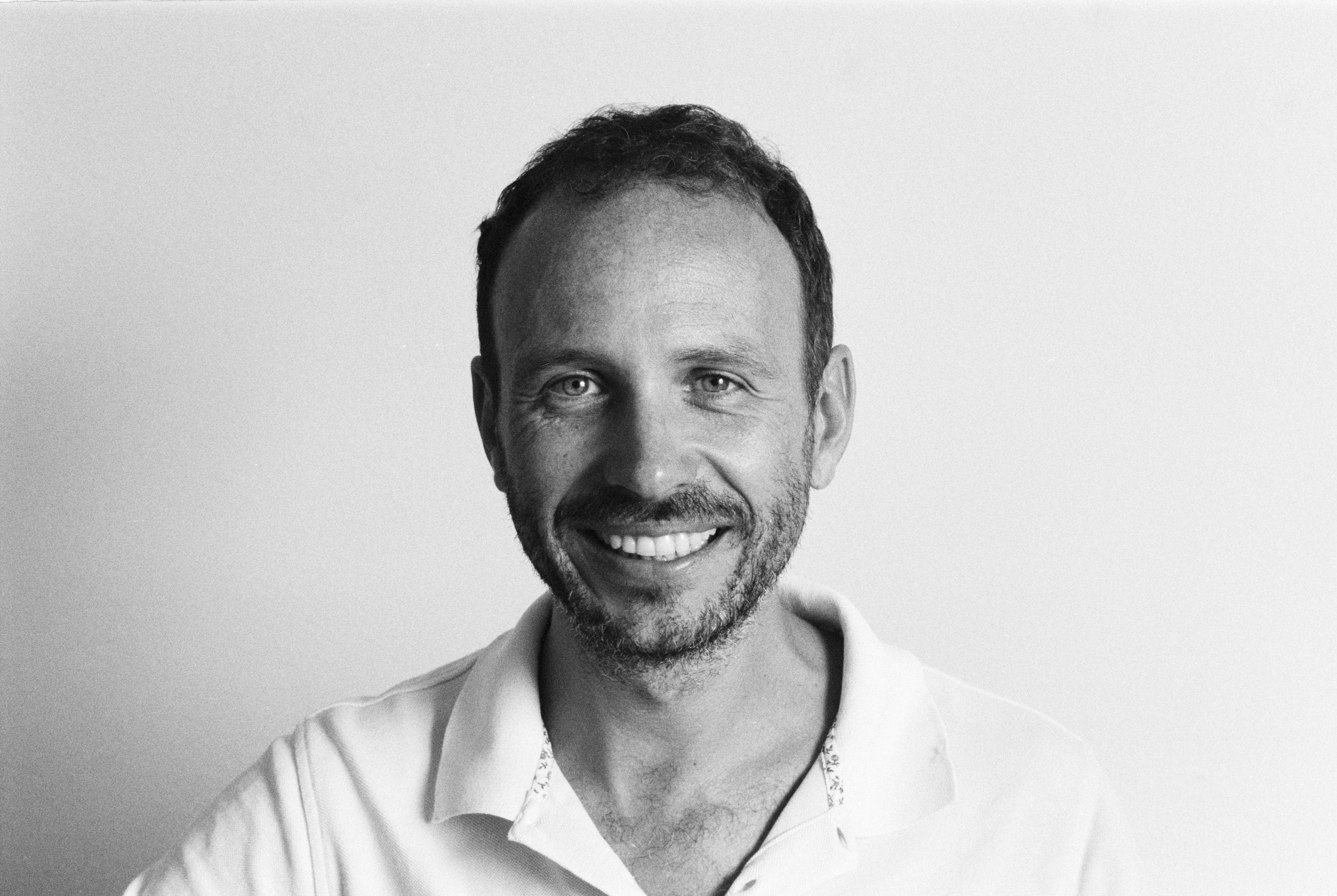
Dipartimento di Ingegneria e Architettura, Italy
Alessandro Massi Pavan received his Master of Science Degree in Electrical Engineering from the University of Trieste (Italy) in 2002. He holds a Ph.D. in Materials Science obtained from the same University in 2008. As a Postdoctoral Researcher in Trieste during the period 2010 – 2016, he created the Photovoltaic Laboratory of the University of Trieste. In 2017, he joined The University of Manchester (U.K.) as a Research Associate. In 2018, he came back to the University of Trieste where he is the local coordinator of the INTERREG Italy-Croatia European Project DEEP-SEA. During the same year, he was also responsible for the creation of a new Laboratory, at the University, for the integration between smart grids and electrical mobility within the INTERREG Italy-Slovenia European Project MUSE. Today, he is an Assistant Professor of Electrical Engineering in Trieste where he teaches electrical circuits, power systems, and photovoltaics.
Since 2017, Alessandro has been a Senior Member of the IEEE. He is a member of the International Advisory Committee of the IEEE PowerTech 2021, and he has been a chairman and organizer of a number of special sessions regarding photovoltaic systems in different IEEE Conferences. Author of over 60 scientific publications, his research interests include photovoltaics and its integration with e-mobility, electrical storage systems and smart grids. Since 2013, Alessandro is the Coordinator of the Summer School on Energy Giacomo Ciamician and he is involved in a number of activities for the rise of awareness regarding the relation between energy and climate change.
During his 20 years’ experience in the field of photovoltaics, Alessandro has been working in the power industry too. Among the different experiences in the power sector, he has been the Head of Engineering in one of the most important worldwide photovoltaic integrators.
Carlos Andres Ramos-Paja - PV Systems Control
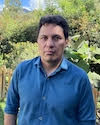
Facultad de Minas Block M8, Medellin, Colombia
Carlos Andres Ramos-Paja born in Colombia in 1978. He received the M. Sc degree in Electronics Engineering (2007) and the Ph.D. on Electronics, Automatic and Communications Engineering (2009) from the Universitat Rovira I Virgili, wining also the "Premi Extraordinari de Doctorat". He joined the Universidad Nacional de Colombia in 2009, and since 2018 he holds the highest professor category (“Profesor titular") of the same university. He won the "Meritorious research" award from the Universidad Nacional de Colombia in 2014, and he was appointed as director of the Electrical Engineer and Automatics department from 2018 to 2020. He is member of the IEEE Industrial Electronics Society - Technical Committee on Renewable Energy Systems, and he holds the senior member degree from the IEEE. He has been co-author of more than 100 scientific papers, and has served as reviewer and guest editor of multiple international journals and conferences. He has cooperated in the development of national research projects, where his main research interest are in the design and control of power electronics for renewable energy sources, control techniques for power systems, and analysis and design of photovoltaic generators, fuel cells and wind systems.
Fiacre Rougieux - Crystalline Silicon PV
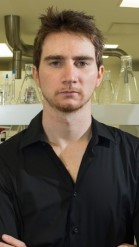
Research School of Engineering, Australia
FiacreRougieux has a PhD in the field of photovoltaics and semiconductor materials from the Australian National University (ANU). Between 2012 and 2015, he was an ARENA Post-doctoral Fellow at the ANU where he developed high-efficiency and low-cost solar cell concepts including efficiency records for solar cells made with Updgraded Metallurgical Grade silicon. Between 2016 and 2018, he was an ARC DECRA fellow at the ANU where he explored the physics of defects in high efficiency devices. Fiacre is currently a Senior Lecturer at the University of New South Wales (UNSW) where he leads the high efficiency materials and device team. His team combines advanced fabrication and characterisation methods with in-depth modelling to devise the next generation of photovoltaic devices and opto-electronic devices. Current specific interests include solar grade silicon, growth-related defects, development of characterisation techniques, high-efficiency device concepts and advanced solar cells processes. He has published and co-authored more than 80 papers. He is part of the reviewing committee for several international conferences and workshops in the field of photovoltaics.
Laura Schelhas - PV Systems Control
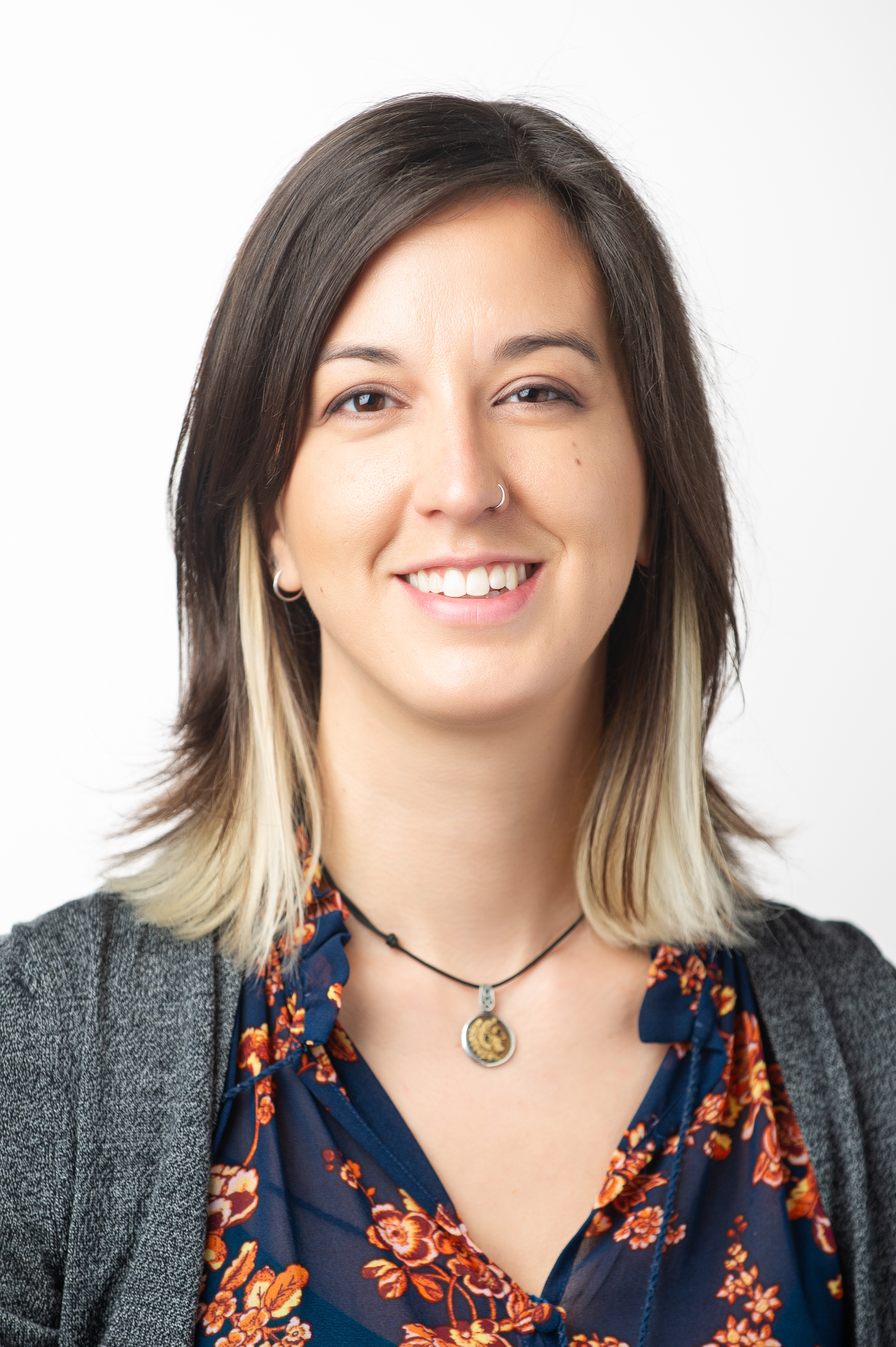
Golden, Colorado
Laura Schelhas received her Ph.D. in chemistry from the University of California, Los Angeles in 2013 where she studied the influence of nanoscale architecture on the materials properties in magnetic and magnetoelectric materials. In 2014, she accepted a postdoctoral position at the Stanford Synchrotron Radiation Lightsource (SSRL) at SLAC National Accelerator Laboratory using in-situ and operando methods to study both the formation and degradation of optoelectronic materials. She became staff at SLAC in the Applied Energy Division in 2016 and served as the deputy director of the division and the group leader for the Grid Integration, Systems & Mobility (GISMo) Lab. In 2020 she accepted a postion at the National Renewable Energy Laboratory (NREL) and is currently the manager of the Hybrid and Nanoscale Materials Chemistry Group. Her current research interests are focused on the intersection between PV reliability, emerging new technologies, and materials characterization. Laura also serves as the executive director of the DuraMAT consortium, the deputy director of the US-MAP consortium, and deputy director of the PACT center.
Dezso Sera - Balance of Systems
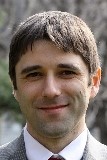
Faculty of Engineering, Brisbane, Australia
Dezso Sera received his BSc and MSc degrees in Electrical Engineering from the Technical University of Cluj, Romania in 2001 and 2002, respectively; MSc in Power Electronics and PhD on PV systems from Aalborg University (AAU), Denmark, Department of Energy Technology, in 2005 and 2009, respectively.
Between 2010 and 2019 he has been programme leader of the Photovoltaic Systems Research Programme at AAU, and in 2020 he joined Queensland University of Technology (QUT), Brisbane, Australia, as Associate Professor.
He is currently deputy director and programme leader of the Centre for Clean Energy Technologies and Practices at QUT. His research interests include modelling, characterisation, diagnostics and maximum power point tracking (MPPT) of PV arrays, as well as power electronics and grid and energy storage integration for PV systems.
David Wilt - Fundamentals and New Concepts
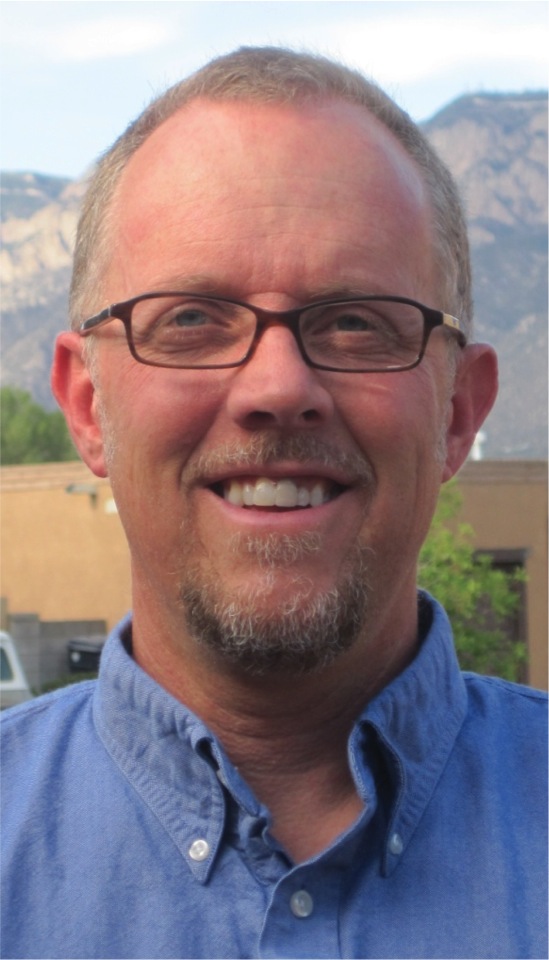
J-PV Advisory Board
Tim Anderson
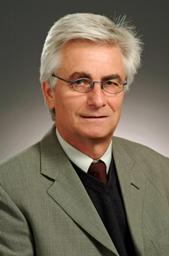
University of Massachusetts - Amherst
Tim Anderson received his education in chemical engineering from Iowa State University (B.S.) and the University of California, Berkeley (M.S., Ph.D.). He joined the Chemical Engineering Department at the University of Florida in 1978 and served as chairman from 1991 until 2003, followed by a term as Dean of Research for the College of Engineering until through 2008. Tim currently holds the rank of Distinguished Professor. He is also Director of the Florida Energy Systems Consortium (FESC), consisting of the 11 State of Florida universities and dedicated to research, education, and outreach in Florida-centered energy systems. His research includes the deposition of advanced electronic and photonic materials. In particular, his group has an active program in the growth of CuInxGa1-xSe2 absorbers for photovoltaics as well as the group III nitrides. Tim has served a number of roles in the Photovoltaics Specialist Conference, including Conference Chair of the 34th PVSC in 2009. Tim has been recognized for his research accomplishments through several awards, including the AIChE Charles M. A. Stine Award, the California Institute of Technology's W.N. Lacey Lectureship, the Professional Achievement Citation in Engineering Award from Iowa State University, the Michigan/Michigan State Joint Lectureship, and the DOE Research Partnership Award. Tim also spent a sabbatical year at the University of Grenoble as a Fullbright Senior Research Scholar. His group is credited with over 220 publications in his discipline research and has supervised over 60 Ph.D. students. Prof. Anderson a Fellow of the American Institute of Chemical Engineers (AIChE). Professor Anderson has long been active in engineering education. He served as director of the NSF SUCCEED Engineering Education Coalition until its completion in 2003. He is recipient of the Warren K. Lewis Award for Chemical Engineering Education (AIChE), ConocoPhillips Lectureship, Benjamin J. Dasher Award, and Union Carbide Lectureship Award. Tim has over 80 publications and presentations in engineering education research to his credit, and is a Fellow of the American Society for Engineering Education.
Antonia Sonia Cardoso - PV Reliability
Antonia Sônia Alves Cardoso Diniz
Antonia Sônia Alves Cardoso Diniz received her B.S. in Electrical Engineering from Pontifical Catholic University of Minas Gerais (Belo Horizonte, Brasil) in 1981, following a Bachelor of Physics in 1980 from Federal University of Minas Gerais (Belo Horizonte, Brasil) in 1980. She received her Ph.D. from University of Liverpool in 1995 in Materials Science and Engineering (Liverpool, U.K.), with research on photovoltaic materials. Dr. Diniz was a visiting professor at Arizona State University in the Photovoltaic Reliability Laboratory (Mesa, USA) in 2013. She worked 28 years as Specialist Engineer at Energetic Company of Minas Gerais – CEMIG (the largest electricity company in Brasil) and had responsibilities for PV rural-electrification projects bringing electricity to remote-area populations for the first time in Brasil (part of the Brasil program “Luz para Tudos”). In 2005, Dr. Diniz accepted a faculty position at the Pontifical Catholic University of Minas Gerais (PUC Minas). Currently, she is the Coordinator (Director) of the “Grupo de Estudo em Energia” (GREEN) that includes programs for the certification of solar products for Brasil. This past year, GREEN received ISO 17025 accreditation. She is an Associate Professor in the Graduate Program of Mechanical Engineering—and has teaching responsibilities in the School of Energy Engineering. Dr. Diniz has more than 100 publications dealing with energy materials, solar thermal, energy efficiency and distributed energy resources, photovoltaic systems, and PV module and system reliability. Dr. Diniz is a consultant for the Government of Brasil’s Coordenação de Aperfeiçoamento de Pessoal de Nível Superior (CAPES)-under the Ministry of Education. She was Associate Editor of the Elsevier journal Renewable and Sustainable Energy Reviews for 5 years. She is a member of the IEEE, ABENS, and ISES. She is active with these professional organizations, and is a Member of the International Committee of the IEEE Photovoltaic Specialists Conference (PVSC) and is a reviewer for the IEEE Journal of Photovoltaics and Elsevier Renewable Energy, and many others. Her current research includes funded projects in PV module and system reliability and soiling issues, PV utility deployment for rural electriciation and monitoring of PV grid connected in distributed systems, energy efficiency and solar materials/device engineering and testing.
Chih-hung (Alex) Chang - Organic PV
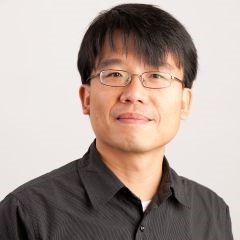
Chih-hung Chang is currently a Professor in the School of Chemical, Biological, and Environmental Engineering at the Oregon State University (OSU). He received his B.S. degree in chemical engineering from National Taiwan University (1991), and Ph.D. degree in chemical engineering from the University of Florida (1999). His PhD research is focused on CIGS thin film photovoltaics. Since joining OSU in 2000, his research group has studied thin film electronics, solution-based thin film deposition, ink jet printing, microreaction technology, and nanomaterials. His research group was among the first to report inkjet printing amorphous oxide TFTs and CIGS solar cells. Microreactor-Assisted Nanomaterial Deposition, MAND, a technique that was developed by his group, was recognized by the Society of Manufacturing Engineers as the 2011 SME “Innovations That Could Change the Way You Manufacture” Watch List. Chih-hung is a SHARP Labs of America scholar, an Intel Faculty Fellow, and a recipient of OSU Faculty Innovator Award, OSU COE Research Award, 2015 TechConnect National Innovation Award, AVS Graduate Research award, National Science Foundation’s CAREER award, and awardees of W.M. Keck Foundation. He is the founder and Director of Oregon Process Innovation Center, an Oregon BEST signature research lab. He is the founder of a start-up venture, CSD Nano Inc. which is commercializing a retrofit AR coating technology for solar photovoltaics. He has more than 110 refereed publications, 11 issued patents, and 5 pending patents.
Frank Dimroth - Editor III-V Solar Cells and Concentrators

Frank Dimroth (head of department III-V Epitaxy and Solar cells at Fraunhofer ISE) received his Diploma in physics from the University of Zurich, Switzerland, in 1996 and his Ph.D. in physics from the University of Constance, Germany, in 2000. He performed his Ph.D. thesis on “Metal organic vapour phase epitaxy for the fabrication of high-efficiency solar cells from III-V semiconductors” at the Fraunhofer Institute for Solar Energy Systems (ISE). After a Postdoc at the University of Utah in Salt Lake City, he returned to Fraunhofer ISE as a senior scientist in 2001. Since 2007 he was named manager and later head of department “III-V Epitaxy and Solar Cells” with currently 60 employees. His main interests are high efficiency multi-junction solar cell architectures for next-generation photovoltaic devices. Within the last 15 years he performed applied research in the fields of space- and terrestrial concentrator photovoltaics for electricity and hydrogen production and published more than 150 scientific papers. Frank Dimroth was co-founder of Concentrix Solar in 2005, today part of Soitec. The company produces high-concentration photovoltaic systems previously developed in the group at Fraunhofer ISE. In 2009, his research group demonstrated for the first time a triple-junction solar cell with 41.1 % efficiency under concentration. Today, four-junction devices with up to 46.0 % efficiency have been achieved. Frank Dimroth and his team received the Fraunhofer price 2010, the prestigious French Louis D science award 2010 and the French-German Economy price 2011.
Anita Ho-Baillie - Organic & Hybrid PV
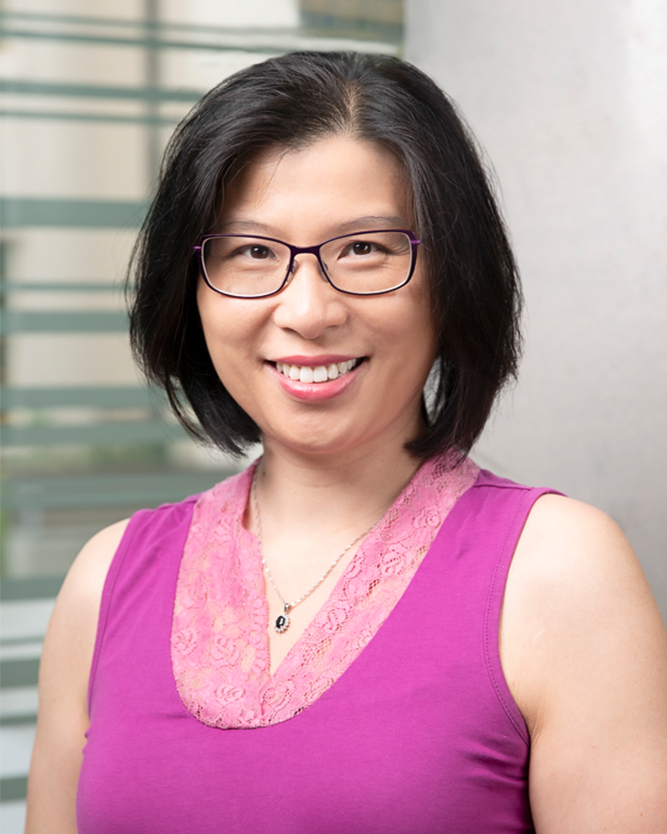
Faculty of Science, School of Physics , NSW
Anita Ho-Baillie is the John Hooke Chair of Nanoscience at the University of Sydney. She is a Clarivate Highly Cited Researcher in 2019 and 2020.Her research interests include engineering of solar materials and devices at nanoscale integrating them onto all kinds of surfaces generating clean energy for different applications including design integrated and tandem photovoltaics. Her achievements include setting solar cell energy efficiency world recordsin various categories and reporting of highly durable perovskite solar cells placing her research at the forefront internationally.
Zachary Holman - Crystalline Silicon PV
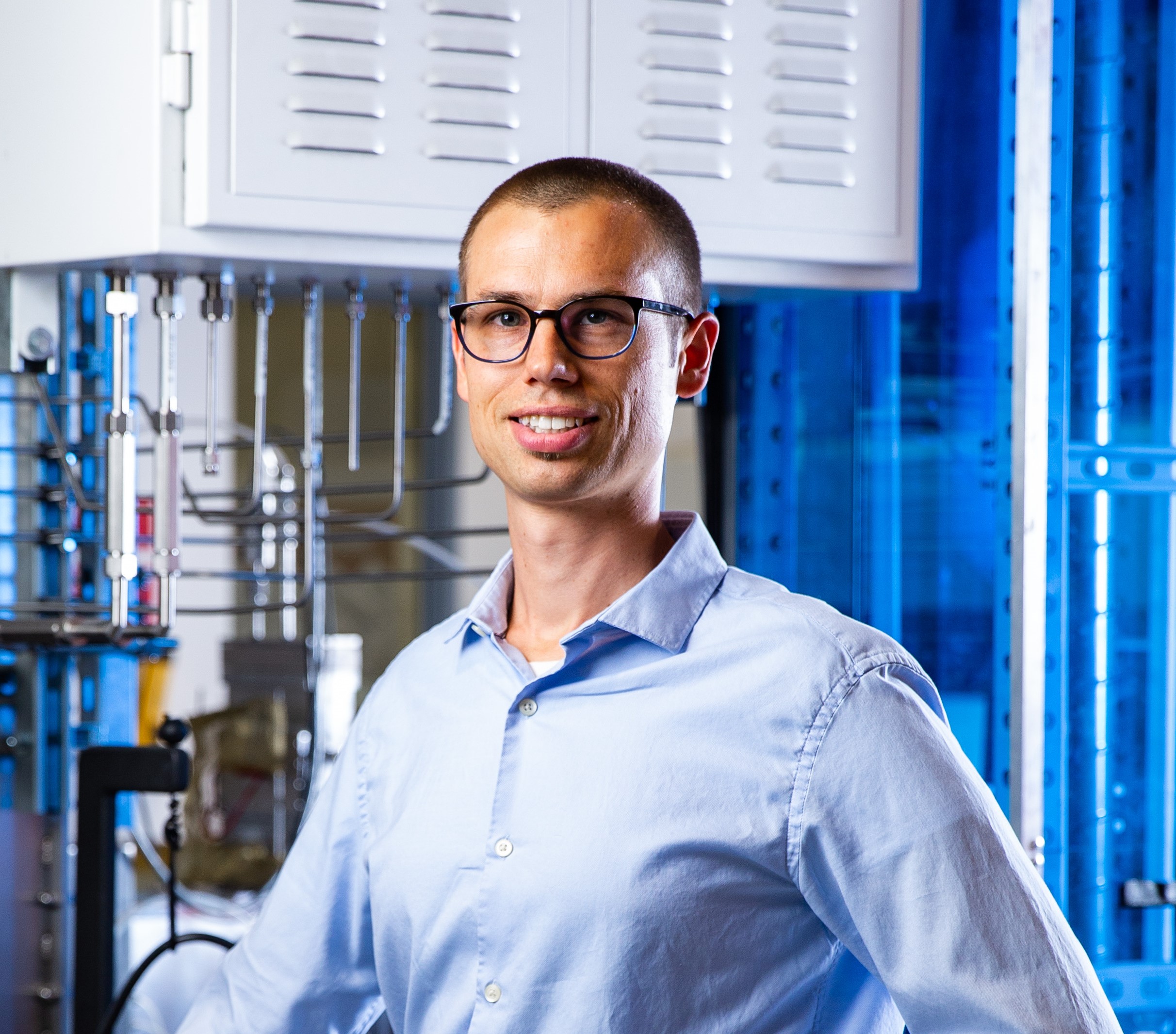
School of Electrical, Computer, and Energy Engineering, Arizona
Zachary Holman is an Associate Professor in the School of Electrical, Computer, and Energy Engineering at Arizona State University, as well as the Director of Faculty Entrepreneurship. He received his Ph.D. in Mechanical Engineering from the University of Minnesota for his work on plasma-synthesized silicon and germanium nanocrystals, after which he spent two years as a postdoctoral researcher developing high-efficiency silicon heterojunction cells at Ecole Polytechnique Fédérale de Lausanne in Switzerland. His research group at ASU focuses on new materials, processes, and designs for high-efficiency silicon, CdTe, and perovskite/silicon tandem solar cells and modules. He has been named a Moore Inventor Fellow, Trustees of ASU Professor, Fulton Entrepreneurial Professor, and Joseph C. Palais Distinguished Faculty Scholar, and he is the co-founder of three start-up companies: Swift Coat, Sunflex Solar, and Beyond Silicon.
Alex K-Y Jen - Editor Organic Photovoltaics

Professor Alex Jen obtained his Ph. D. from the Department of Chemistry, University of Pennsylvania in 1984. He is currently the Boeing-Johnson Chair Professor and Chair of the Department of Materials Science & Engineering. He is also the Founding Director of the Institute of Advanced Material for Energy Solutions at the University of Washington. His research interest is focused on utilizing molecular, polymeric and biomacromolecular self-assembly to create ordered arrangement of organic and inorganic functional materials for photonics, opto-electronics, nanomedicine and nanotechnology. He has co-authored more than 500 publications and given over 300 invited technical presentations. He is also an inventor or co-inventor for more than 50 patents and invention disclosures. For his contributions in the organic photonics and electronics, he was elected as a Fellow by several professional societies including the American Association of the Advancement of Science (AAAS) in 2005, the International Society of Optical Engineering (SPIE) in 2006, the Optical Society America (OSA) in 2008, and the American Chemical Society’s Polymeric Materials Science & Engineering Division (PMSE) in 2009. He was appointed in 2007 by the Governor of the State of Washington as the Board of Directors for the Washington Technology Center. Professional Experience and Research Interests: 2006-present Director, Institute of Advanced Materials and Technology, University of Washington 2005-present Chair, Department of Materials Science & Engineering, University of Washington 2003-present Associate Director and Thrust Leader, The NSF-funded Science & Technology Center on “Materials & Devices for Information Technology” ($40M/10yrs) 2003-present Professor, Department of Chemistry 1999-present Professor, Dept. of Materials Science & Engineering, University of Washington, Seattle, WA 1997-1999 Associate Professor, Northeastern University, Boston, MA 1995-1996 Vice President, ROITech, Monmouth Junction, NJ 1988-1994 Group Leader/Senior Scientist, EniChem America Inc., NJ 1984-1988 Research Scientist, Allied-Signal, NJ Honor and Awards: Editor, IEEE Journal of Photovoltaics, 11- World Class University (WCU) Professor, Korea University, 09- PMSE Fellow, The American Chemical Society, Division of Polymeric Materials Science & Engineering, 08 Board of Directors, Washington Technology Center, Appointed by the Governor of Washington State, 07 Faculty of Research Innovator Award, College of Engineering, University of Washington, 07 Changjiang Endowed Chair Professor, Wuhan University, Ministry of Education, China, 07 OSA Fellow, The Optical Society of America, 07 SPIE Fellow, The International Society of Optical Engineering, 06 AAAS Fellow, The American Association for the Advancement of Science, 05 Member of the Editorial Advisory Board, Chemistry of Materials, NPG-Asia Materials, Journal of the Experimental Nanoscience Member of Advisory Board, Institute of Chemistry, Academia Sinica, Taiwan, 02-04, 08-10 Member of Advisory Board, College of Sciences, National Chiao-Tung University, Taiwan, 08 Boeing-Johnson Endowed Chair, University of Washington, 1999- Industrial Fellow (rank as full professor), Northwestern University, 95-00 Founder’s Award, ROITech, 95 Outstanding Achievement Award, EniChem America, 94 President’s Award, EniChem America, 89 Representative publications selected from >500 papers: “Creating Favorable Geometries for Directing Organic Photoreactions in Alkanethiolate Monolayers”, M. Kim, J. N. Hohman, Y. Cao, K. N. Houk, H. Ma, A. K.-Y. Jen, and P. S. Weiss, Science, 2011, 331, 1312. “Molecular Biomimetics: Nanotechnology through Biology”, M. Sarikaya, C. Tamerler, A. K-Y. Jen, K. Schulten, and F. Baneyx, An Invited Review in Nature Materials, 2003, 2, 577. “Terahertz All-Optical Modulator in Silicon”, M. Hochberg, T. Bachr-Jones, G. Wang, J. D. Luo, P. Sullivan, A. K-Y. Jen, L. Dalton, and A. Scherer, Nature Materials, 2006, 5(9), 703. “Record Electro-optic Coefficient of 170 pm/V and Vp of 1V at 1.55 mm in Hybrid Crosslinkable Polymer/Sol-gel Waveguide Modulators”, Y. Enami, C. T. DeRose, D. Mathine, C. Loychik, C. Greenlee, R. A. Norwood, T. D. Kim, J. Luo, Y. Tian, A. K-Y. Jen, and N. Peyghambarian, Nature Photonics, 2007, 1, 180. “Development of New Conjugated Polymers with Donor-p-Bridge-Acceptor Side Chains for High Performance Solar Cells”, F. Huang, K-S. Chen, H-L. Yip, S. K. Hau, O. Acton, Y. Zhang, J. D. Luo, and A. K-Y. Jen, J. Am. Chem. Soc., 2009, 131, 1388. “Interface Engineering for Organic Electronics”, H. Ma, H. L. Yip, F. Huang, and A. K-Y. Jen, an Invited Feature Article, Adv. Func. Mater., 2010, 20(9), 1371. “Cooperative Near-field Surface Plasmon Enhanced Quantum Dot Nanoarrays”, K. Leong, Y. Chen, D. J. Masiello, M. T. Zin, M. Hnilova, H. Ma, M. Sarikaya, D. S. Ginger, and A. K.-Y. Jen, Adv. Func. Mater., 2010, 20, 2675. “Efficient Polymer Solar Cells Based on the Copolymers of Benzodithiophene and Thienopyrroledione”, Y. Zhang, S. K. Hau, H.-L. Yip, Y. Sun, O. Acton, and A. K.-Y. Jen, Chem. Mater., 2010, 22, 2696. “Directed Assembly of Single-Walled Carbon Nanotubes via Drop-Casting onto a UV-Patterned Photosensitive Monolayer”, J. A. Bardecker, A. Afzali, G. S. Tulevski, T. Graham, J. B. Hannon, and A. K-Y. Jen, J. Am. Chem. Soc., 2008, 130(23), 7226. 10. “Mesoscale Dynamics and Cooperativity of Networking Dendronized Nonlinear Optical Molecular Glasses”, T. Gray, T-D. Kim, D. Knorr, J. D. Luo, A. K.-Y. Jen, and R. M. Overney, Nano Lett., 2008, 8(2), 754. 11. “Ultra-Large and Thermally Stable Electro-Optic Activities from Supramolecular Self-Assembled Molecular Glasses”, T. D. Kim, J. W. Kang, J. D. Luo, S. H. Jang, S. Hau, Z. Shi, R. M. Overney, J. B. Benedict, and A. K-Y. Jen, J. Am. Chem. Soc, 2007, 129, 488. 12. “Supramolecular Self-Assembled Dendritic Nonlinear Optical Chromophores: Fine-Tuning of Arene-Perfluoroarene Interactions for Ultra-large Electro-Optic Activity and Enhanced Thermal Stability”, X. H. Zhou, J. D. Luo, T. D. Kim, Z. Shi, S. Huang, Y. J. Cheng, S. H. Jang, and A. K-Y. Jen, Adv. Mater., 2009, 21(19), 1976. 13. “Polymer Solar Cells using Self-Assembled Monolayers Modified ZnO/Metals as Cathodes”, H-L. Yip, S. K. Hau, H. Ma, A. K.-Y. Jen, Adv. Mater., 2008, 20(12), 2376. 14. “p-s-Phosphonic Acid Organic Monolayer/High-k Metal Oxide Hybrid Dielectrics for Low-Voltage Organic Transistors”, O. Acton, G. Ting, H. Ma, J. W. Ka, H. L. Yip, N. M. Tucker, and A. K-Y. Jen, Adv. Mater., 2008, 20(19), 3697. 15. “Patterning of Robust Self-Assembled n-type Hexaazatrinaphthylene-based Nanorods and Nanowires by Microcontact Printing”, H.-L. Yip, J. Zhou, H. Ma, Y. Tian, N. M. Tucker, and A. K.-Y. Jen, J. Am. Chem. Soc., 2006, 128, 13042. 16. “Efficient CdSe/CdS Quantum Dot Light-Emitting Diodes Using a Thermally Polymerized Hole Transport Layer”, J. Zhao, J. A. Bardecker, A. M. Munro, M. S. Liu, Y. Niu, I-K. Ding, J. Luo, B. Chen, A. K-Y. Jen, and D. S. Ginger, Nano Lett., 2006, 6(3), 463. 17. “Ordered Self-Assembly and Electronic Behavior of C60-Anthrylphenylacetylene Hybrid” S. H. Kang, H. Ma, M. H. Zareie, M. Kang, K. Kim, M. Sarikaya, and A. K.-Y. Jen, Angew. Chem, Int. Ed., 2004, 43(12), 1512. 18. “Controlled Assembly of Conducting Monomers for Molecular Electronics”, H. Zareie, H. Ma, B. Reed, A. K-Y. Jen, and M. Sarikaya, Nano Lett., 2003, 3(2), 139.
Richard King - Editor III-V Solar Cells and Concentrators

Prof. Richard R. King received his Ph.D. and M.S. from Stanford University in Electrical Engineering, and his B.S in Physics, also from Stanford. He is currently Professor of Electrical, Computer, and Energy Engineering at Arizona State University. Over the past 30 years, his research on photovoltaics has explored high-efficiency solar cells in a number of semiconductor materials systems, from silicon, to the GaInP, GaInAs, and germanium subcells in III-V multijunction cells. Dr. King and his colleagues have been especially interested in the materials science and device physics of III-V multijunction solar cells for concentrator photovoltaics (CPV), and in the defect physics of low-cost semiconductors for high-efficiency, flat-plate multijunction cells. In his Ph.D. research at Stanford University, Dr. King worked to develop high-efficiency one-sun back-contact silicon solar cells, and on characterization of minority-carrier recombination at the doped Si/SiO2 interface for high-efficiency silicon solar cell design. Since then his research has contributed to understanding of metamorphic III-V materials lattice-mismatched to the growth substrate; group-III sublattice ordering in GaInP; minority-carrier recombination at III-V heterointerfaces; high-transparency tunnel junctions; dilute nitride materials such as ~1-eV GaInNAs and GaNAsSb for solar cells; and high-efficiency multijunction solar cells with 3 to 6 junctions. Dr. King led Spectrolab's development of high-efficiency III-V multijunction concentrator solar cells, recognized with R&D 100 awards in 2001 and 2007, and a Scientific American 50 award in 2002. In 2006, this work led to a record 40.7%-efficient metamorphic 3-junction terrestrial concentrator cell, the first solar cell to reach over 40% efficiency. At Arizona State University, Dr. King's research group investigates recombination at defects and interfaces in low-cost polycrystalline solar cell materials, and integrating them into tandem solar cells with silicon to realize the high-efficiency multijunction cell structure in a cost-effective flat-plate format. As part of a strong interest in furthering public and scientific awareness of photovoltaics, Dr. King has helped organize a number of international conferences, serving as Program Chair for the 4th International Conference on Solar Concentrators (ICSC) in 2007, and the 35th IEEE Photovoltaic Specialists Conference (PVSC) in 2010, and he was General Chair for the 40th IEEE PVSC in Denver, Colorado, in 2014. He has served as a Co-founding Editor of the IEEE Journal of Photovoltaics since 2010. Dr. King is the recipient of the 2010 William R. Cherry Award, given at the IEEE Photovoltaic Specialists Conference, for "outstanding contributions to photovoltaic science and technology." Dr. King was inducted into the Space Technology Hall of Fame in 2004, and has 24 patents and over 140 publications on photovoltaics and semiconductor device physics.
Sarah Kurtz - PV Reliability
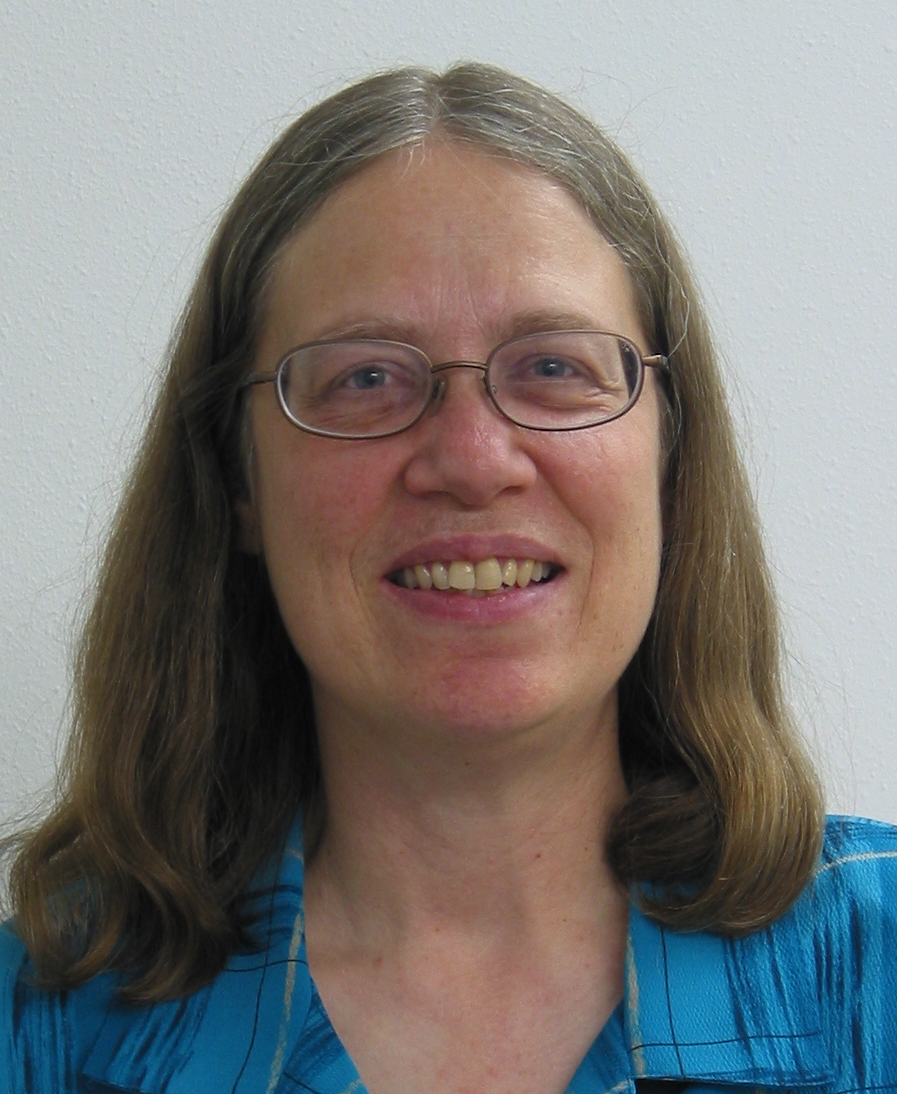
MBSE Graduate Group Chair
Dr. Sarah Kurtz received her PhD from Harvard University in Chemical Physics in 1985 with Roy Gordon. She moved directly to the Solar Energy Research Institute (now the National Renewable Energy Laboratory, NREL) where she worked for more than 30 years on a variety of solar energy projects. She is known for her contributions to developing multijunction, GaInP/GaAs solar cells, supporting the Concentrator Photovoltaic (PV) industry, and, more recently, her work with PV performance and reliability. Her work has been recognized with a jointly received Dan David Prize in 2007, the Cherry Award in 2012, and the C3E Lifetime Achievement Award in 2016. In late 2017 she transitioned to a faculty position at the University of California at Merced, while continuing work with NREL.
Sylvain Marsillac - Thin Film PV

Sylvain Marsillac is a Professor of Electrical Engineering in the ECE Department at Old Dominion University, Norfolk (ODU). He received his Ph.D. in Materials Science and Engineering (1996) from the University of Nantes (France). After receiving his Ph.D., he worked for the University of Nantes until 2000 as an Assistant Professor. He then worked as a Researcher for the University of Delaware (IEC) and the University of Hawaii from 2000 to 2004, before joining the University of Toledo in 2005. In 2011, he joined Old Dominion University where he is now leading the effort on Photovoltaic Science an Engineering. His current research interests include studying new inorganic materials for renewable energy applications, developing innovative tools for in-situ and real-time analysis, and developing novel architectures and techniques for the fabrication of flexible and high efficiency solar cells. He has published over 140 papers in peer reviewed journals and conference proceedings and has supervised over 20 Ph.D. and Masters students. Sylvain Marsillac has been very active in the organization of the IEEE Photovoltaic Specialists Conference, on the Organizing committee as well as on the Technical committee, where he served twice as the Area 2 (chalcogenide thin film solar cells) Chair. For more information, see http://ww2.odu.edu/~smarsill/vipv/
Angele H.M.E. Reinders - Editor PHOTOVOLTAIC SYSTEMS

Angèle Reinders is an Associate Professor of Sustainable Energy and Design in the Department of Design, Production and Management of University of Twente, the Netherland. Besides this, she was part-time affiliated with the Design for Sustainability program of Delft University of Technology, the Netherland, till 2015. Her present research focuses on achieving a better integration of photovoltaic (PV) solar energy and other sustainable energy technologies in systems and products by new design approaches. She has practical experience with design-driven research on PV systems, PV modules, PV powered boats, building integrated PV and product integrated PV as well as PV in smart grids. Recently she established the energy center ARISE at the Faculty of Engineering Technology of University of Twente. She has published about 100 papers, edited two books, and is a co-founding editor of IEEE Journal of Photovoltaics. Angèle is intensively involved in the organization of the annual IEEE Photovoltaic Specialists Conference and has a vast international experience and stayed at Fraunhofer ISE (Germany), World Bank (US), ENEA (Italy), Jakarta and Papua (Indonesia) and the Centre for Urban Energy (Canada) for her research. She holds an MSc in Experimental Physics and a PhD in Chemistry from Utrecht University in the field of monitoring and simulation of PV systems. She received her doctoral degree from the Faculty of Chemistry at Utrecht University in 1999. Her PhD dissertation covers the analysis and simulation of the field performance of photovoltaic solar energy systems. Angèle Reinders completed a master degree in Experimental Physics in 1993 at Utrecht University, specializing in material physics and energy physics.
Steven A. Ringel - Editor Solid State Power Energy Sources

Steven A. Ringel (SM97) was born in New Brunswick, NJ. He received the PhD degree from the Georgia Institute of Technology in 1991, after receiving the MS and BS degrees from the Pennsylvania State University in 1986 and 1984, respectively. Dr. Ringel joined The Ohio State University as an assistant professor in 1991, was promoted to associate professor in 1997 and to full professor in 2000. In 2004 he was named as the Neal A. Smith Endowed Chair Professor of Electrical Engineering, and in 2006 he became director of the Ohio State Institute for Materials Research. Dr. Ringel’s research efforts are currently focused on advanced compound semiconductor photovoltaics, lattice-mismatched epitaxy, III-V/Si integration, defect engineering in heterostructures and defect characterization in a wide variety of semiconductors, particularly as applied to wide bandgap semiconductors such as GaN-based materials and devices, and generally to various metamorphic heterostructures. In these areas, Dr. Ringel has authored or co-authored more than 250 journal articles and conference proceedings and given more than 85 invited talks to date. Among his recognitions, Prof. Ringel received an National Science Foundation National Young Investigator Award in 1994, the Ohio State University Harrison Award for Excellence in Engineering Education and Research in 1999, six best paper awards, he is a Fellow of AAAS, he is an Associate Fellow of AIAA, he is a member of several academic, industrial and professional society boards and he has been involved with organizing conferences for many years, including the IEEE Photovoltaic Specialists Conference, the TMS Electronic Materials Conference, various symposia of the annual meetings of the Materials Research Society and the Electrochemical Society. Dr. Ringel is a co-founder of 4Power LLC, a startup company in photovoltaic technology, and he currently serves the IEEE as the chair of the EDS Photovoltaics Technical Committee. Dr. Ringel was chair of the joint EDS-LEOS chapter of the Columbus IEEE section from 1992-2006.
Mike Scarpulla - Editor Thin Film PV and PV Characterization

Giovanni Spagnuolo - Editor PV Systems Control
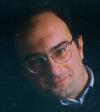
Giovanni Spagnuolo was born in Salerno (Italy) on 12 September 1967. He received the Master degree in Electronic Engineering from the University of Salerno (Italy) in 1993 and the Ph.D. degree in Electrical Engineering from the University "Federico II" of Naples in 1998. From November 1999 to December 2003 he was Assistant Professor of Electrical Engineering at the University of Salerno where, since January 1st, 2004 he is Associate Professor. Since 2010 he is Senior Member of the IEEE. Since January 2007 he is Associate Editor of the IEEE Transactions on Industrial Electronics. From 2008 to 2015 he has been serving as Guest Editor of five special issues of the IEEE Transactions on Industrial Electronics, which are focused on photovoltaic and fuel cell systems. He is in the 2015 Thomson Reuters list of Highly Cited Researchers (http://highlycited.com). He is the local coordinator of three FP7 and H2020 research projects on sustainable mobility and on fuel cell diagnosis. He is the coordinator of four research contracts financed by National Semiconductors Corporation in Santa Clara (USA), Bitron Industrie S.p.A. (TO-Italy) and Matrix S.r.l. in Conversano (BA-Italy) focused on photovoltaic power processing systems. He is the coordinator of research projects on renewable energy systems financed by the Italian Government, by the Campania Region and by the University of Salerno. He is co-author of six international patents, three of them owned by ABB and Bitron, on switching converters and control of photovoltaic systems. He was member of the Organizing Committee, of the Scientific Committee and of the Steering Committee of the following IEEE conferences: ISIE 2010, Electrimacs 2011, EPE-PEMC 2012, ISIE 2012, ICIT 2013, Electrimacs 2014, ICIT 2014, IECON 2014, ICCEP 2015, POWERENG 2015. He organized many Special Sessions on photovoltaic systems in the frame of IEEE international conferences. He was invited as a plenary lecturer at IEEE ETFA 2009, Electrimacs 2011 and 2012 Italian Workshop on Neural Networks. From October 2012 to November 2014 he was Chairman of the "Technical Committee on Renewable Energy Systems" of the IEEE Industrial Electronics Society. Since January 2011 he is member of the Publications Committee of the IEEE Industrial Electronics Society. Since May 2014 he is member of the IMACS Technical Committee on Modeling and Simulation of Electrical Machines.
- Publications
- Publications Committee
- Publication Representatives
- IEEE Guidelines for Authors
- Editorials for Authors and Reviewers
- EDS Newsletter
- IEEE Electron Devices Magazine
- Journal of Photovoltaics
- Transactions on Device and Materials Reliability
- Transactions on Semiconductor Manufacturing
- Journal on Flexible Electronics
- Journal of Lightwave Technology
- Transactions on Materials for Electron Devices
- Open Journal on Immersive Displays
- Electron Device Letters
- Journal of the Electron Devices Society
- Transactions on Electron Devices
- Journal of Microelectromechanical Systems
- Journal on Exploratory Solid-State Computational Devices and Circuits
- Journal of Electronic Materials
- EDS 50th Anniversary Booklet
- 75th Anniversary of the Transistor Book
- Electron Devices Reviews








